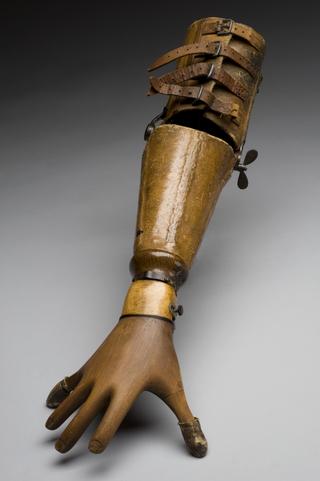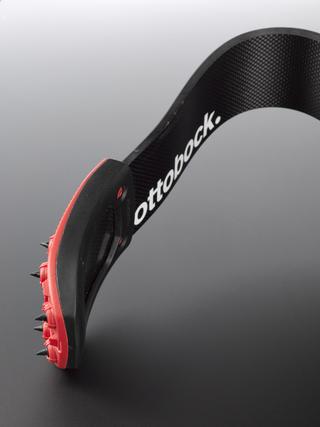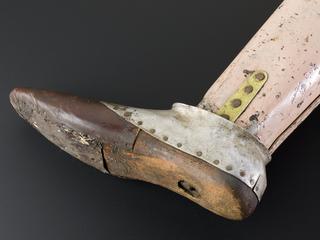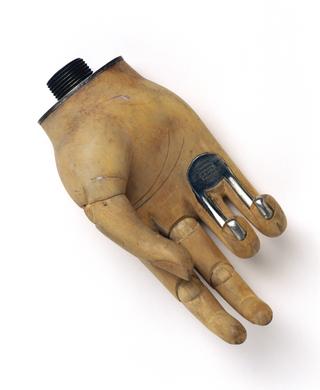
Prototype myoelectric hand
- Made:
- 2006-2007 in Southampton
Prototype myoelectric hand, left hand version, primarily designed and developed by Andrew Cranny as part of the Southampton Hand project at the School of Electronics and Computer Science, University of Southampton, England, 2006-2007
Also known as the Remedi-Hand, this prototype was part of a project to devleop a lightweight prosthetic hand that could mimic the movements and control of a human hand. Each digit has senors to monitor and control grip. Four motors move the fingers and two others power the thumb. This work built on that of Paul Chappell, also part of the Southampton Hand project. The original prototype was destroyed in a fire in 2005.
Begun by Professor Jim Nightingale, Professor of Control Engineering at the University of Southampton in the 1960s, the Southampton Hand project ran for over 50 years. Many engineers interested in developing new types of prosthetic arms worked on the project, each adding their own advances to the project. Inspired by how our brains and hands communicate they aimed to make a prosthetic arm that was easy for users to control. The user initiates movement by thinking, which activates the muscles in their arm. This is detected and it opens and closes the hand. Sensors on the hand detect what shape object is within the hand and the microcontroller selects the grasp that is needed. This work led to the first microprocessor controlled prosthetic hands to be used in the outside of clinical trials.
Details
- Category:
- Orthopaedics
- Object Number:
- 2021-1258
- Measurements:
-
overall: 76 mm x 105 mm x 268 mm,
- type:
- hand




